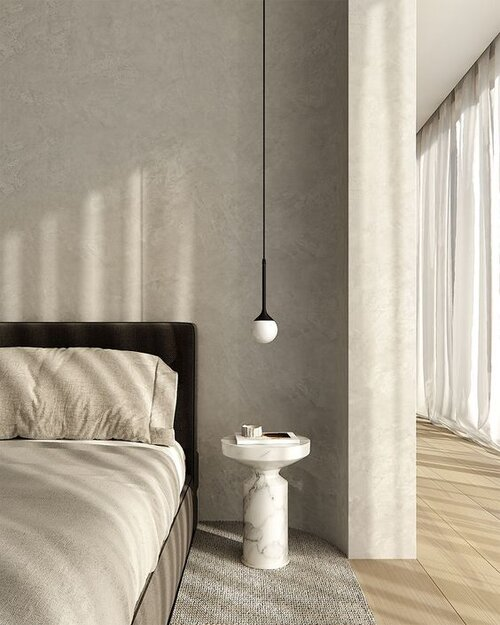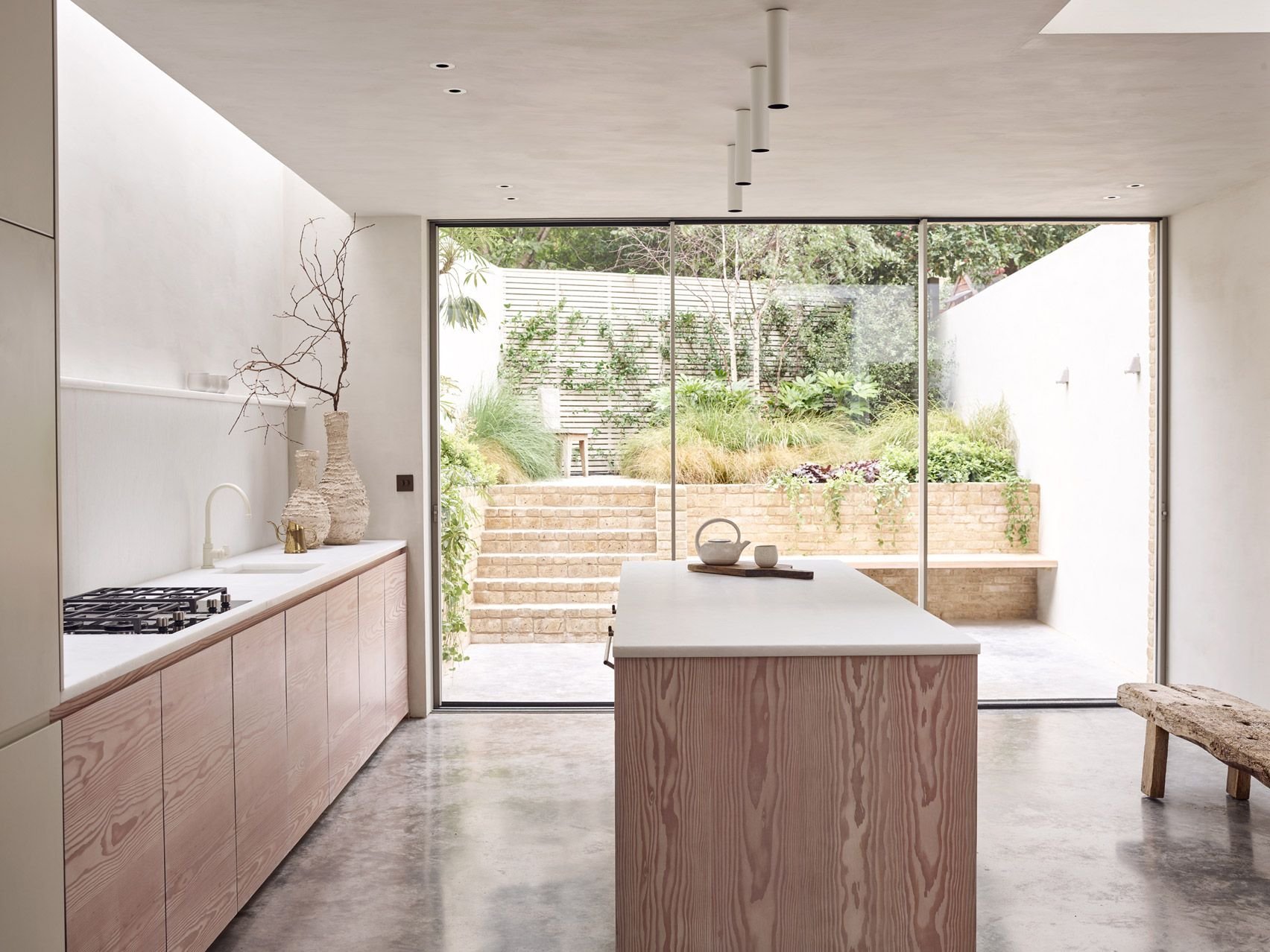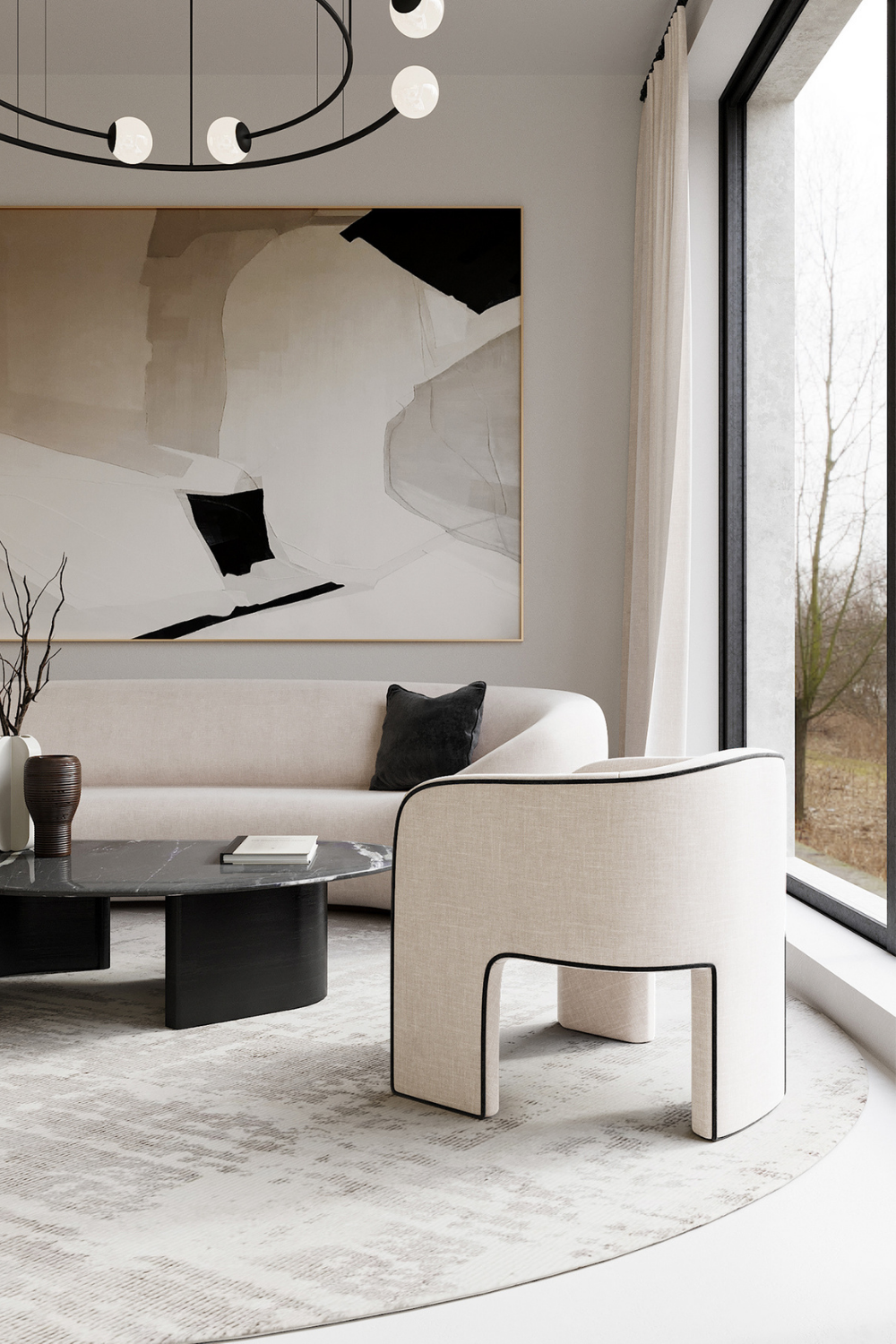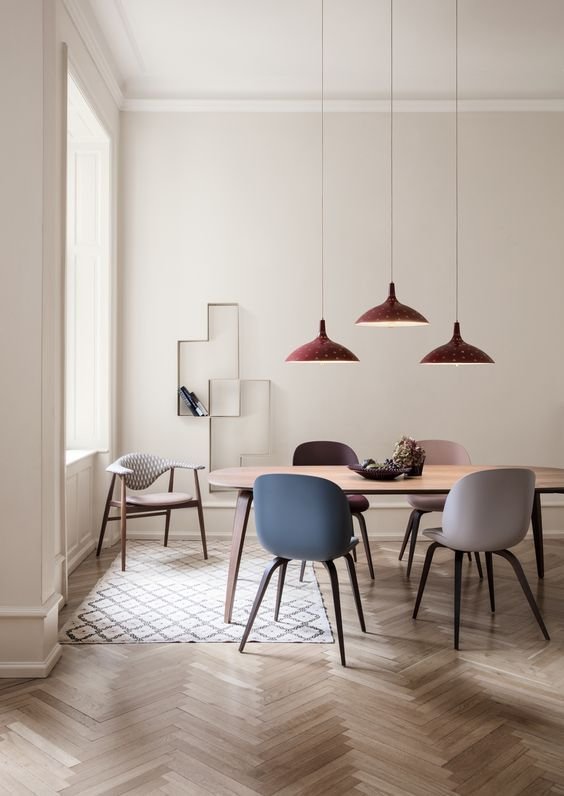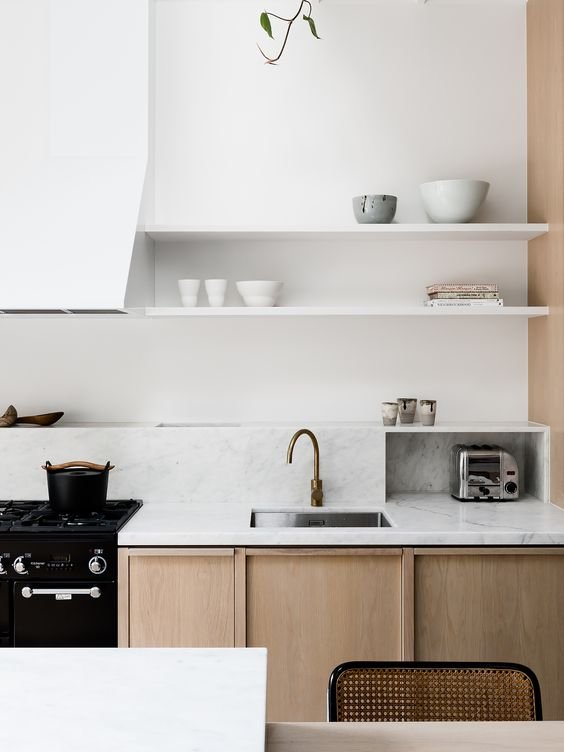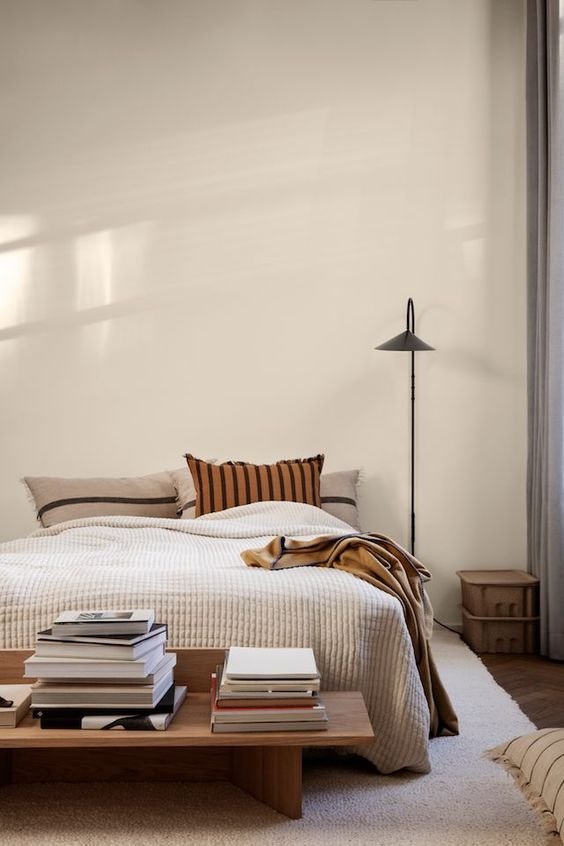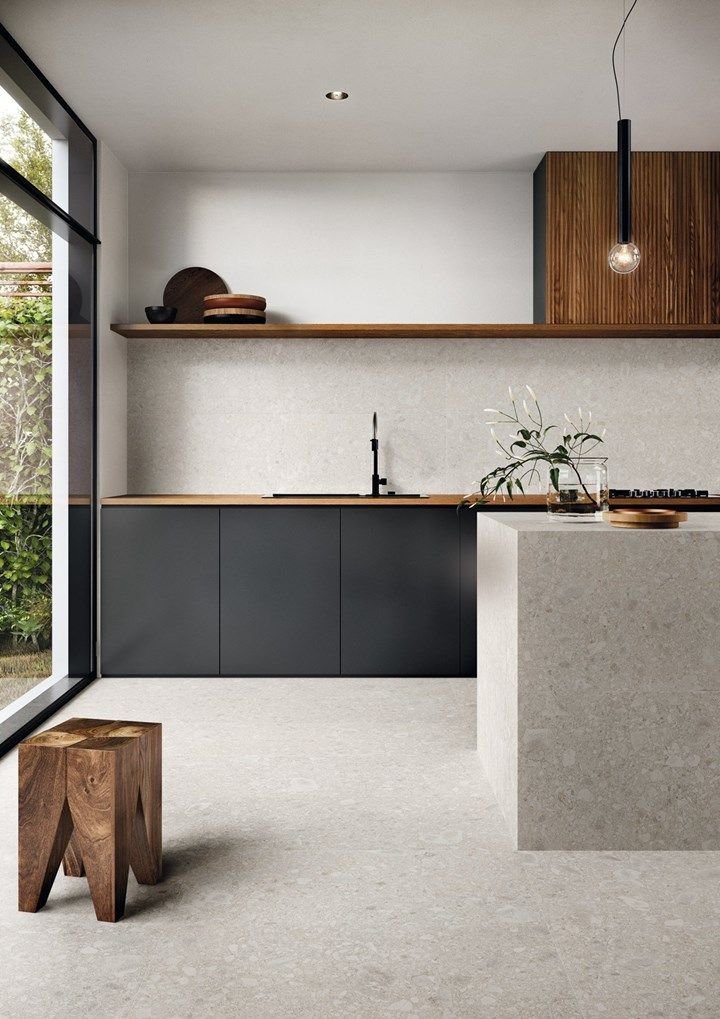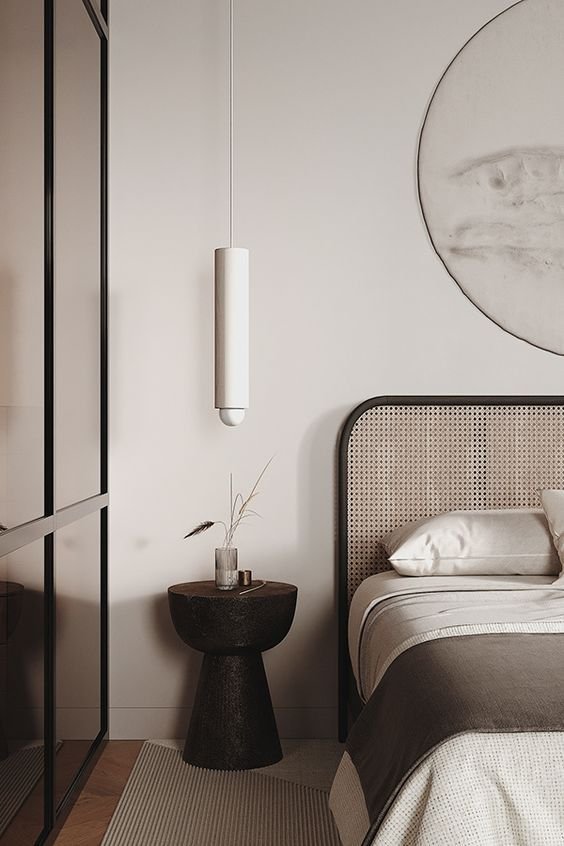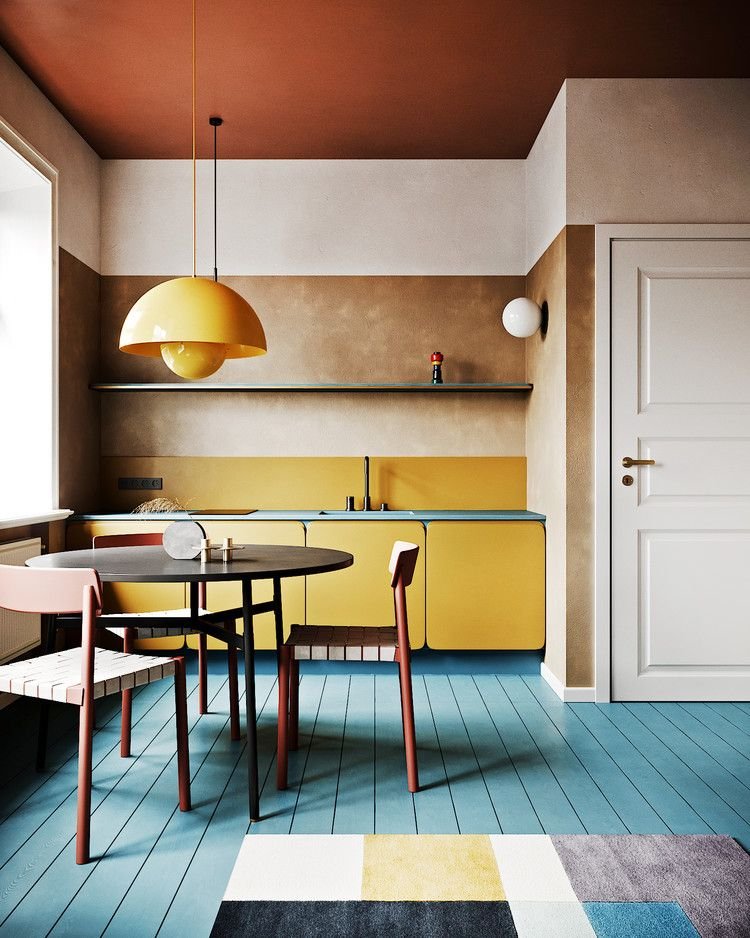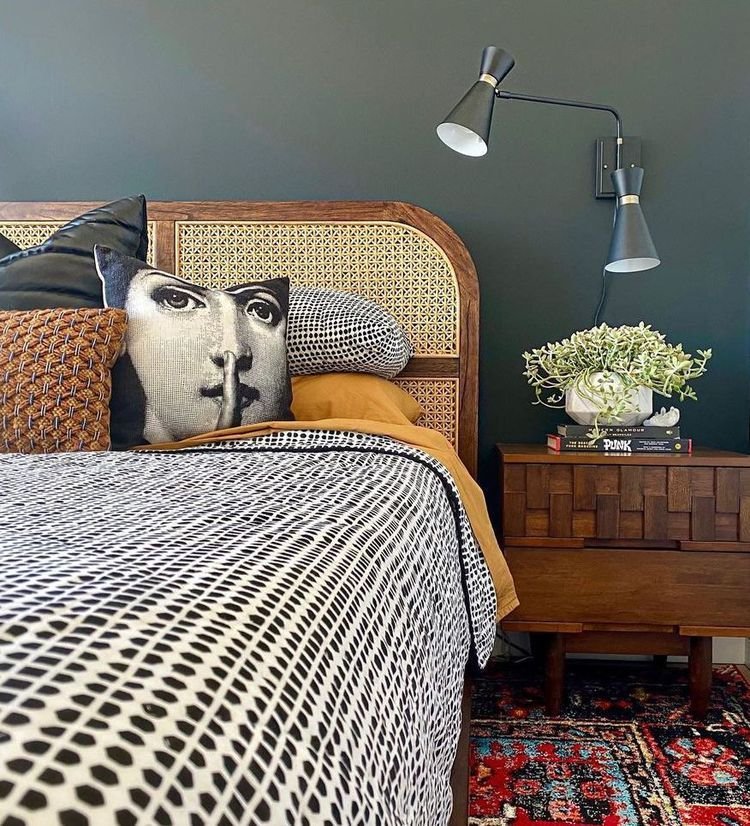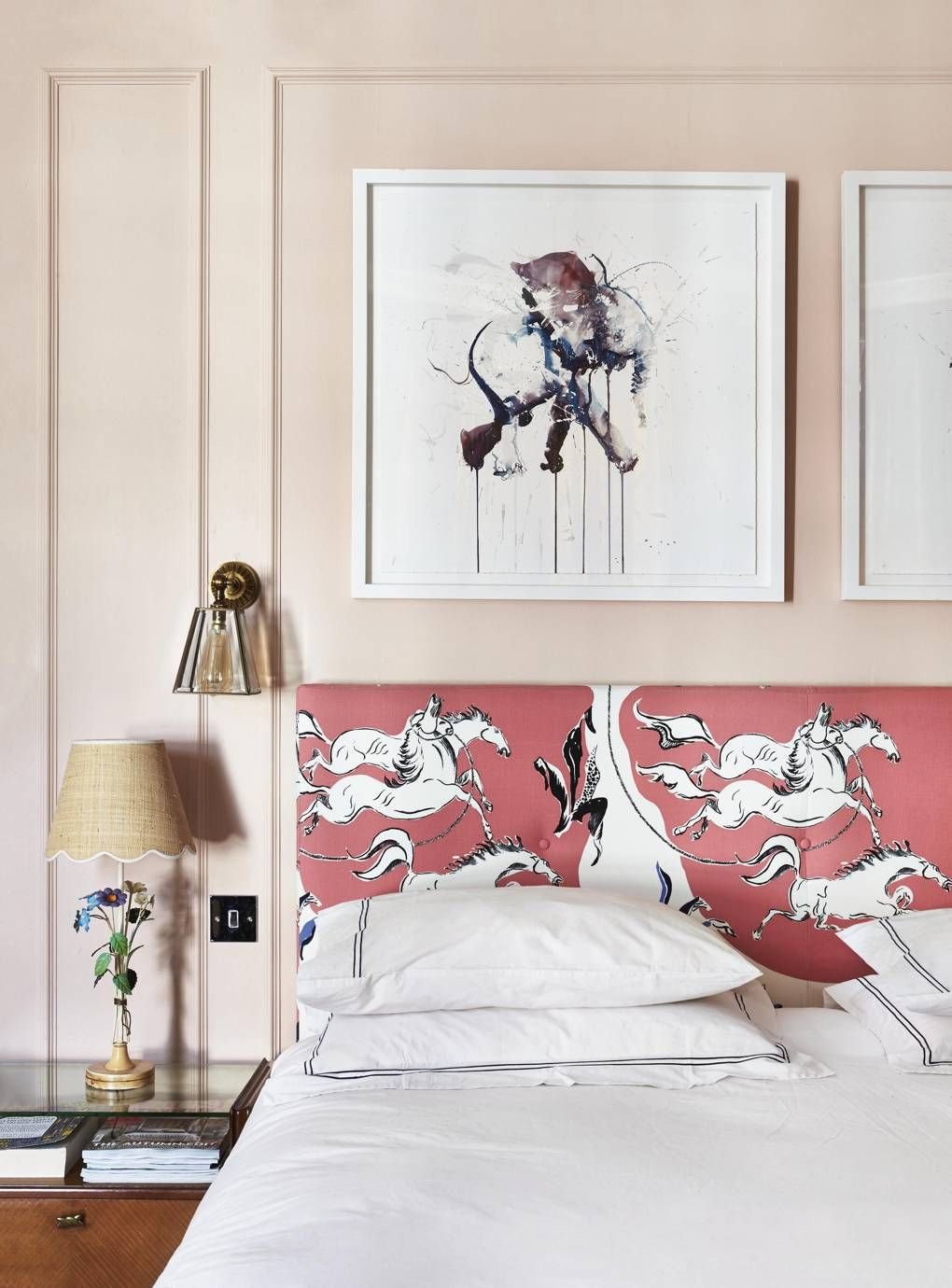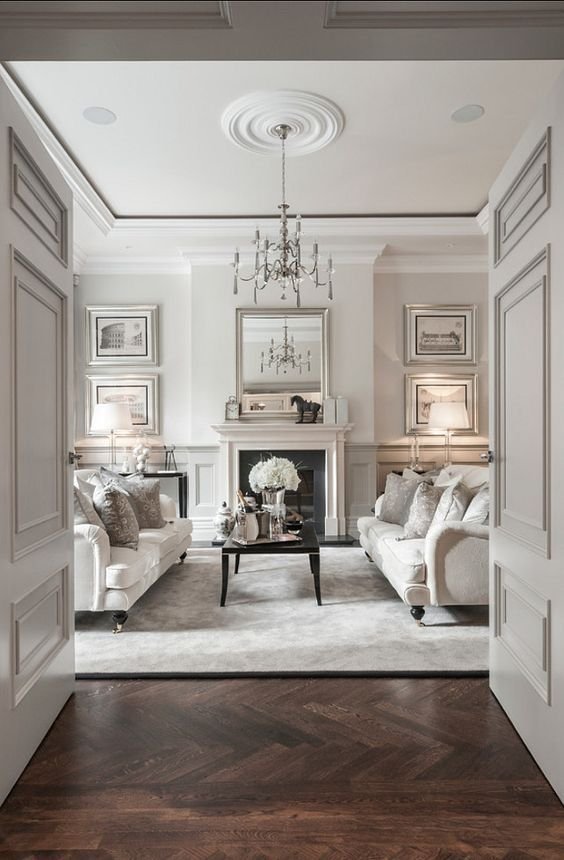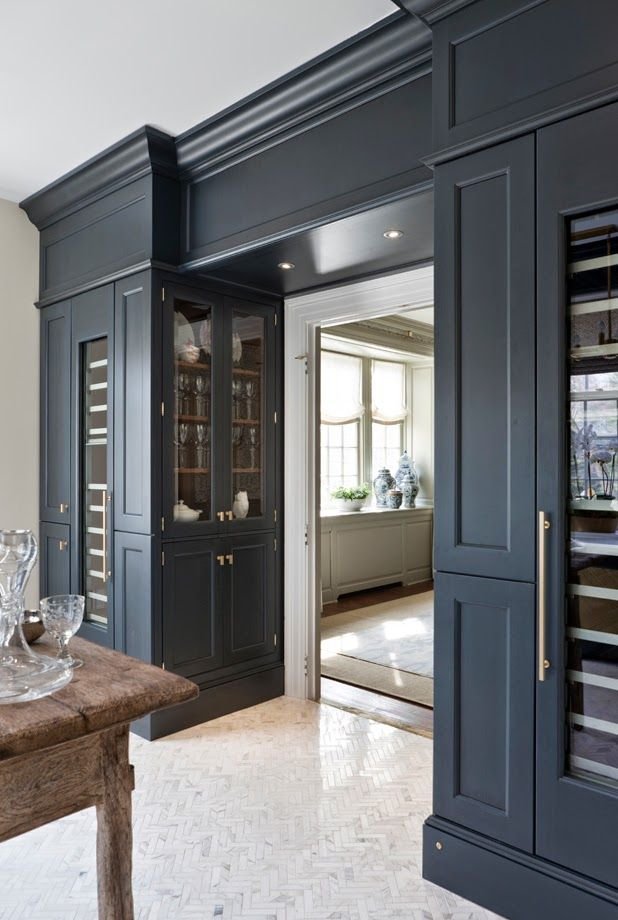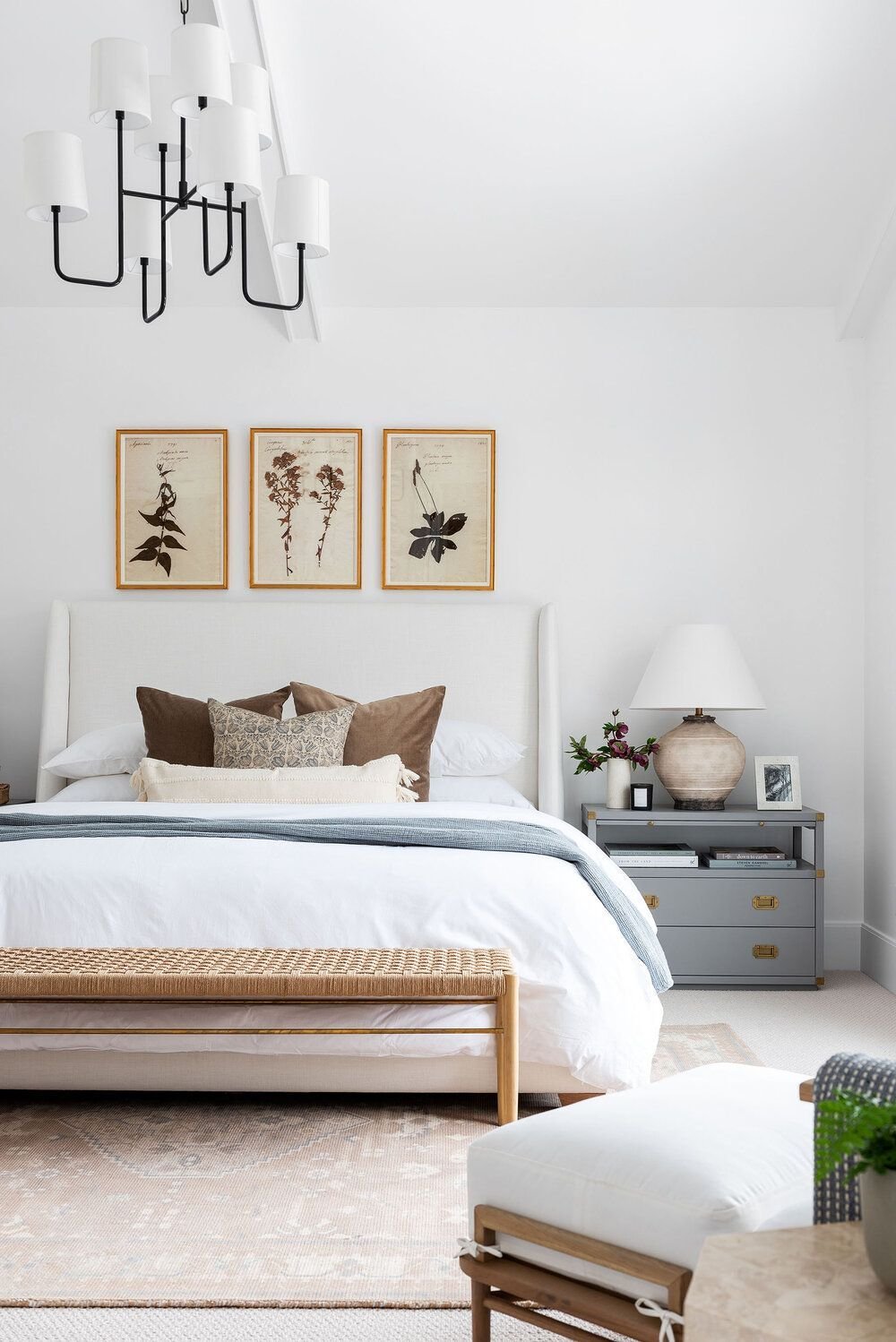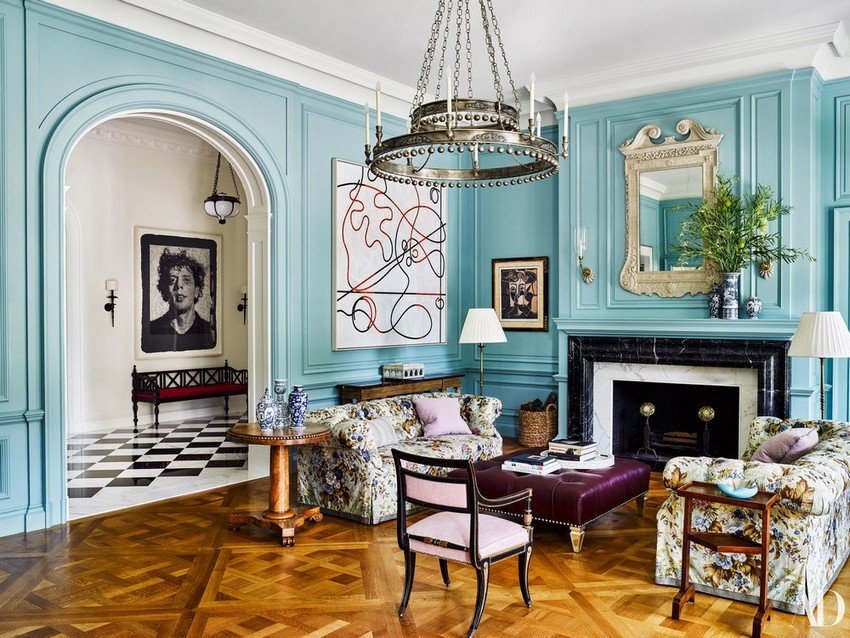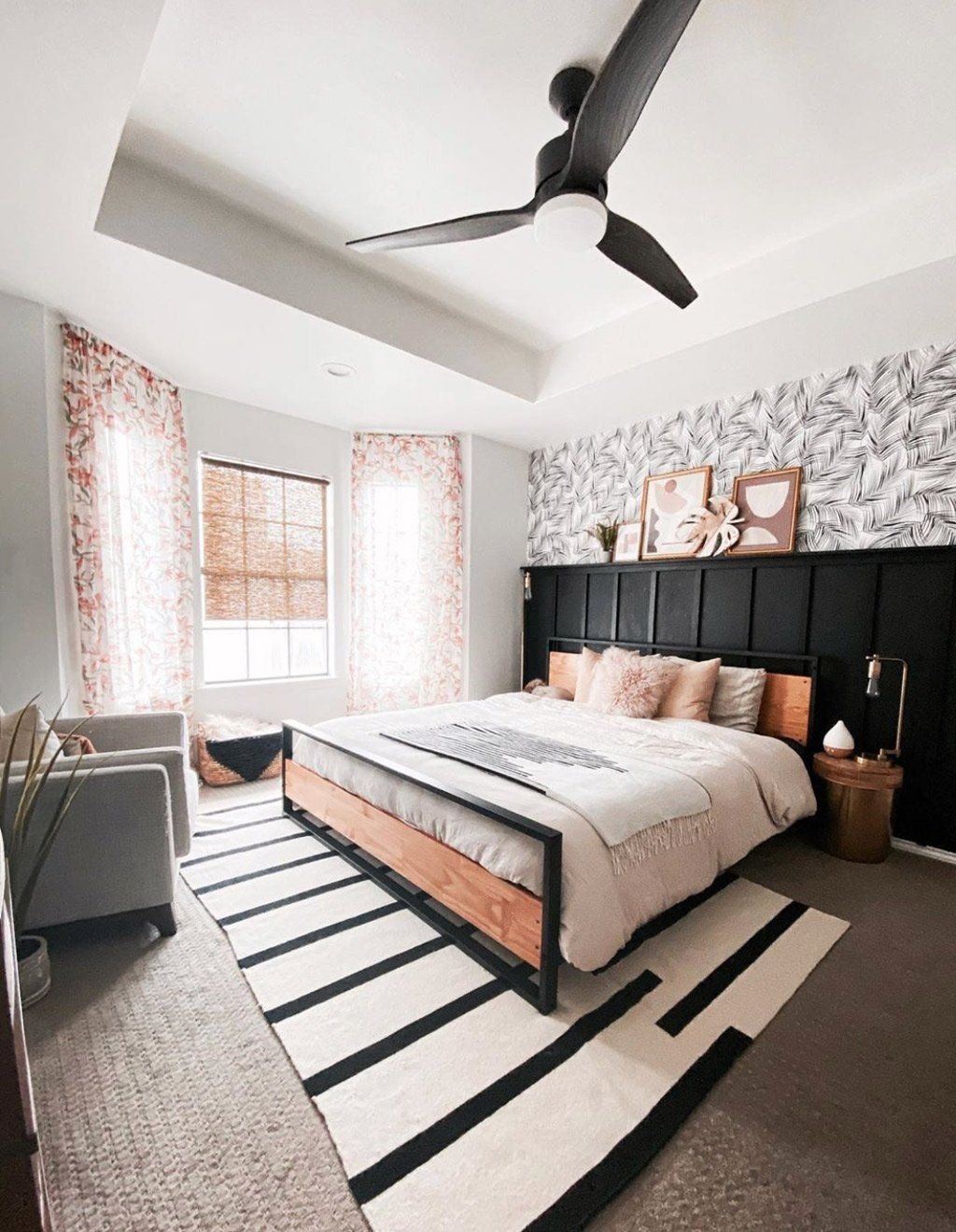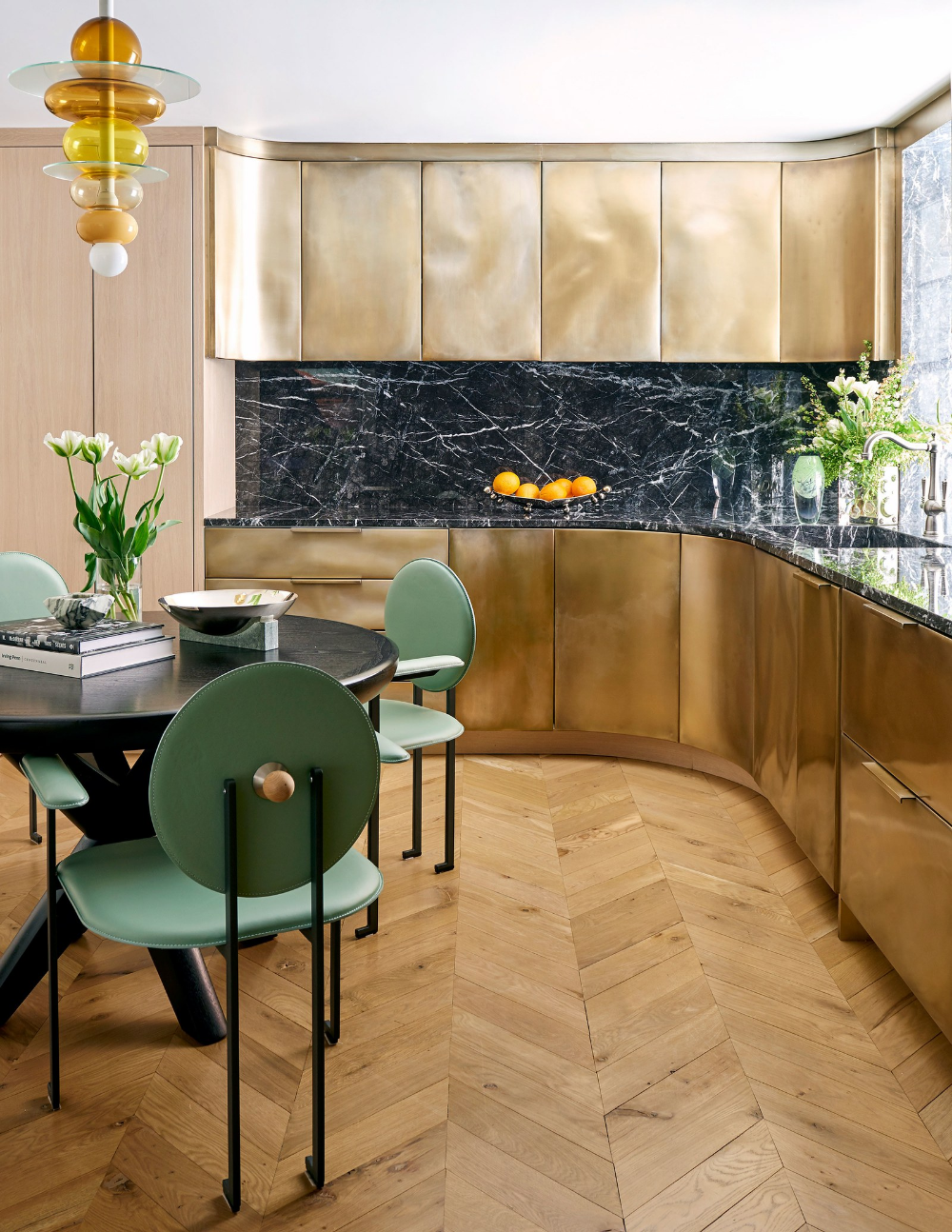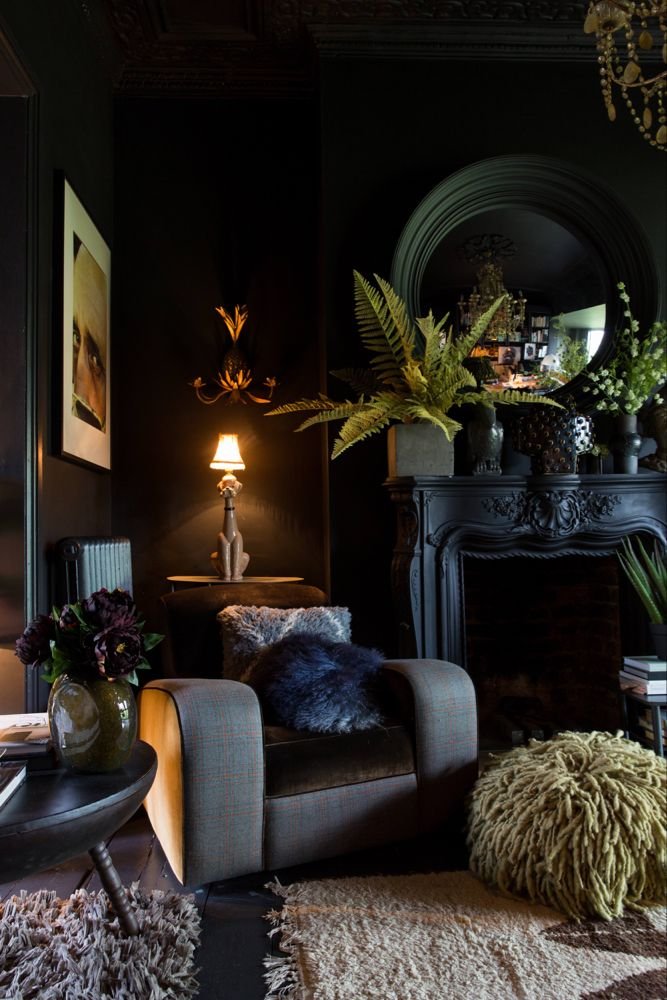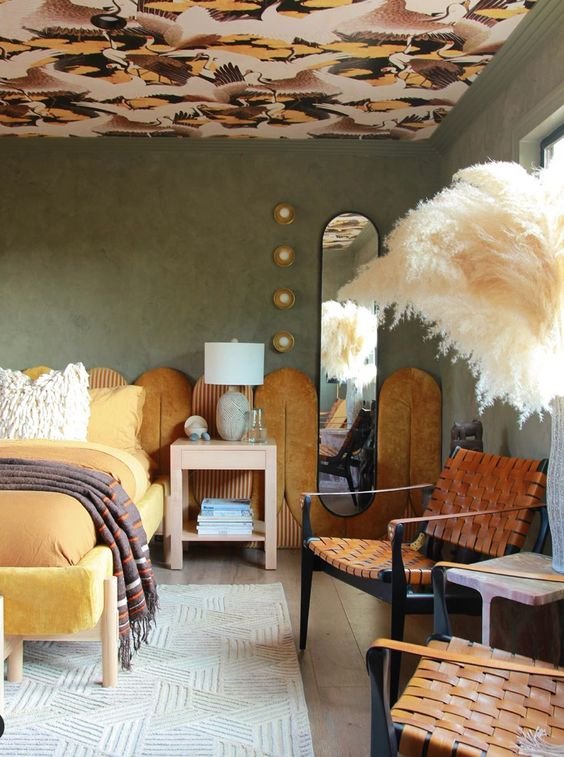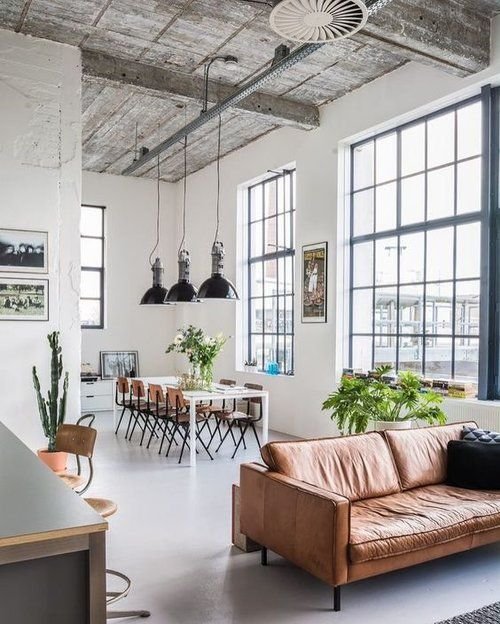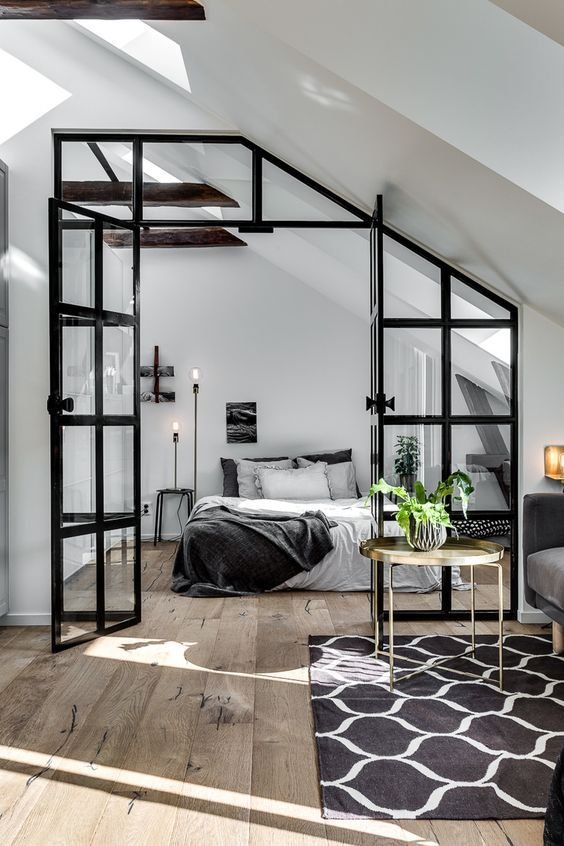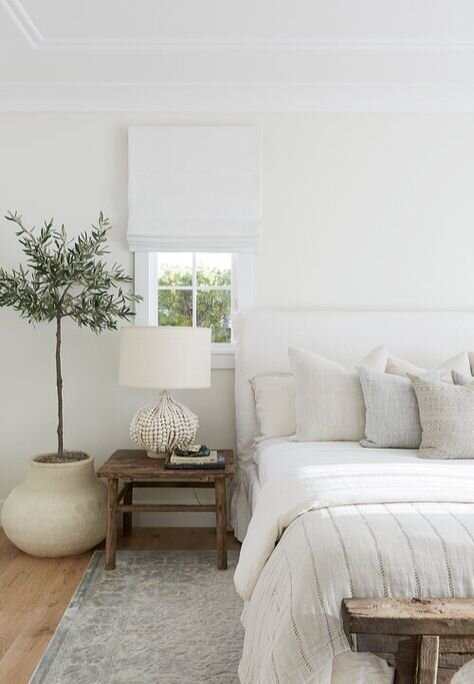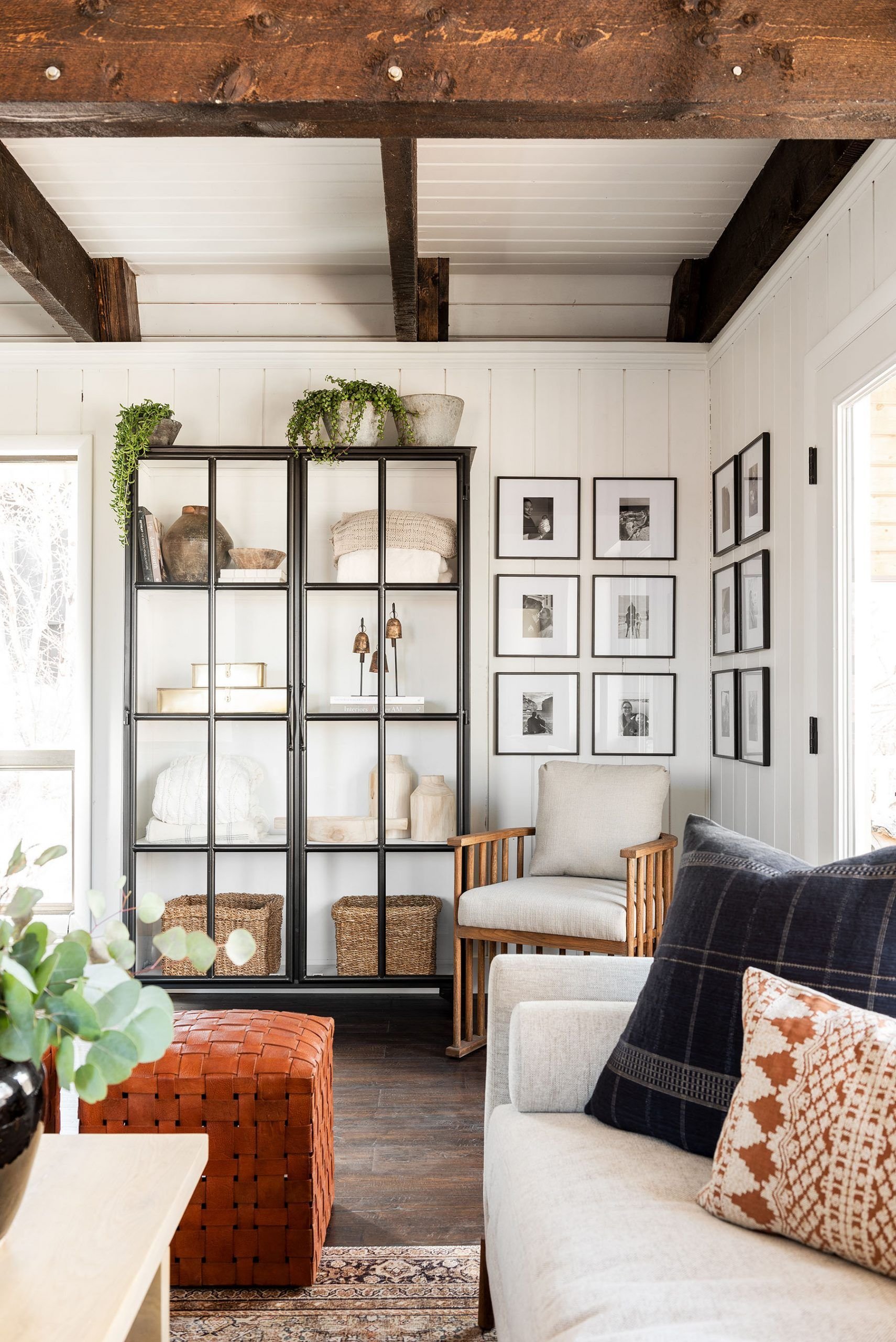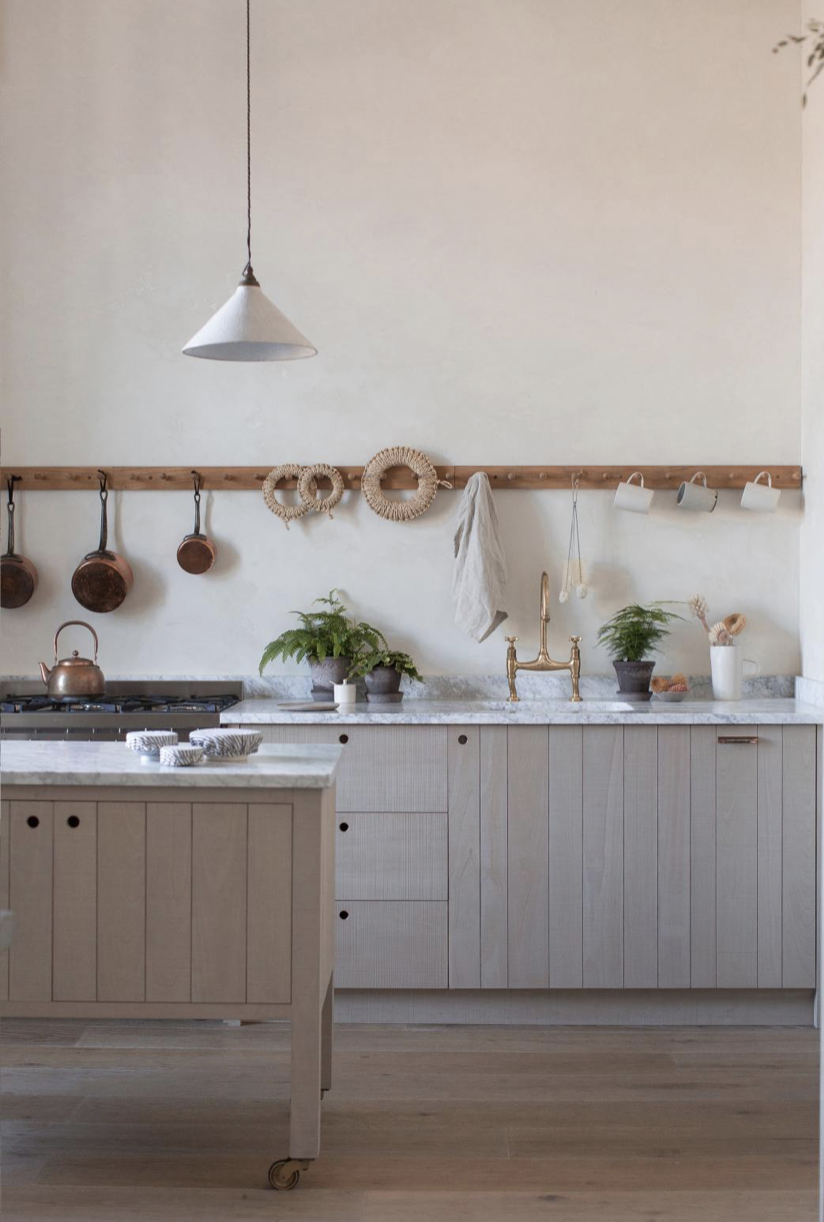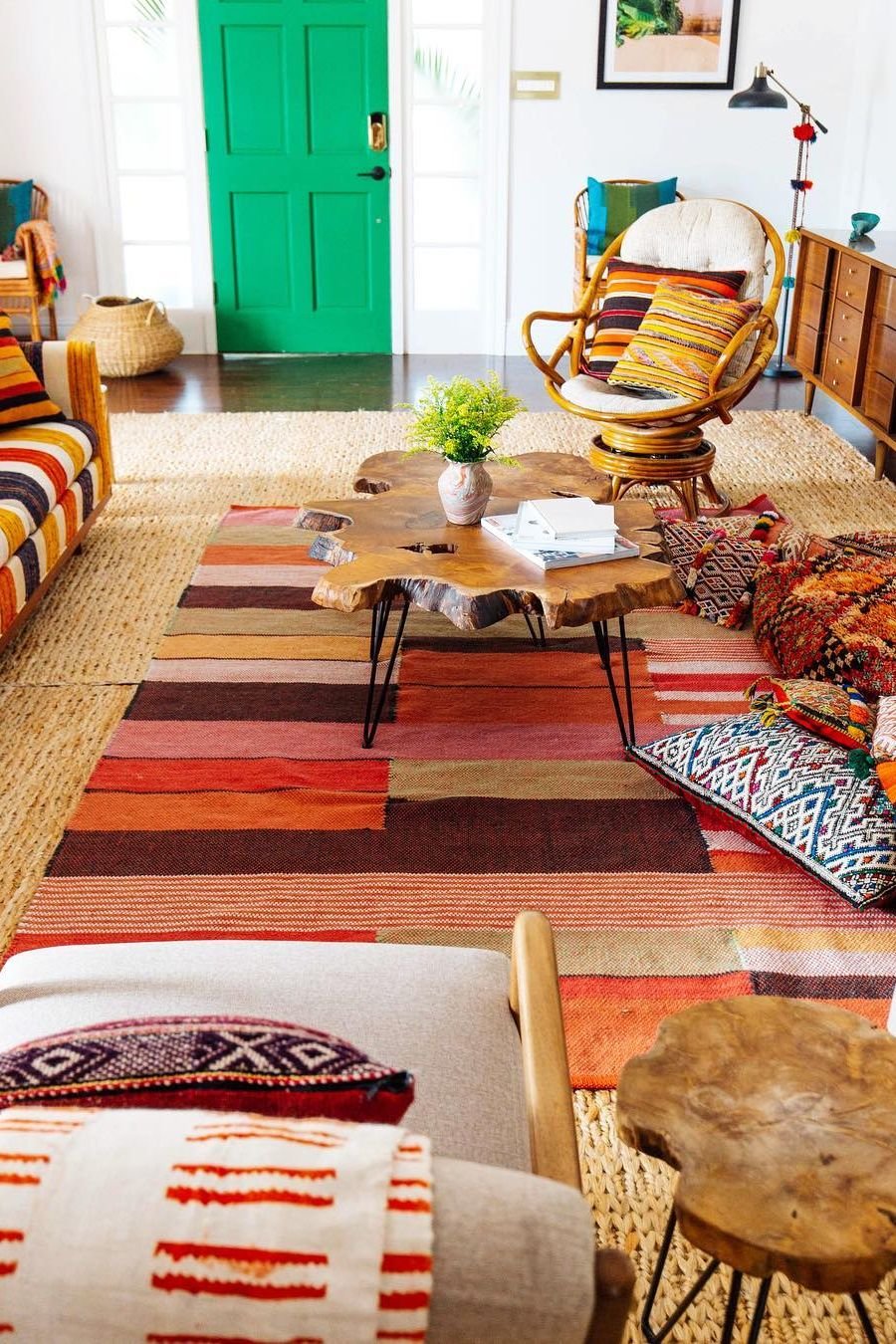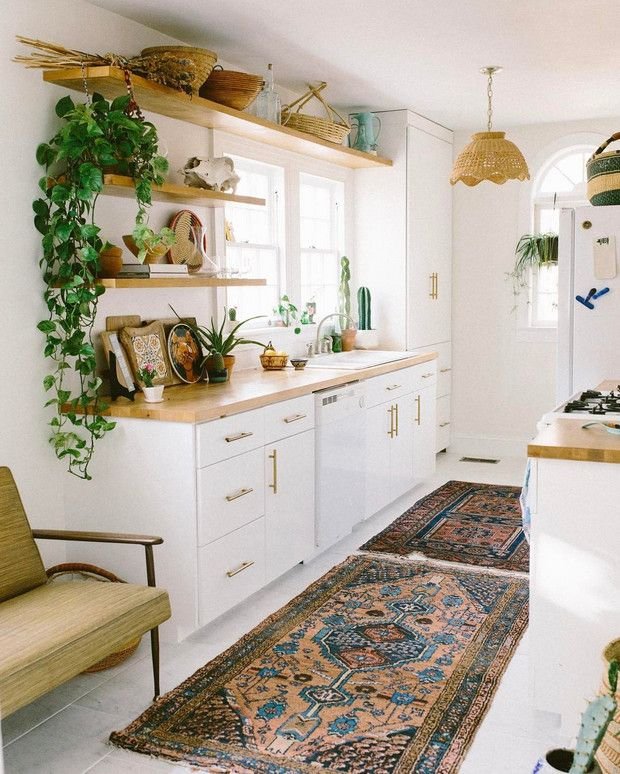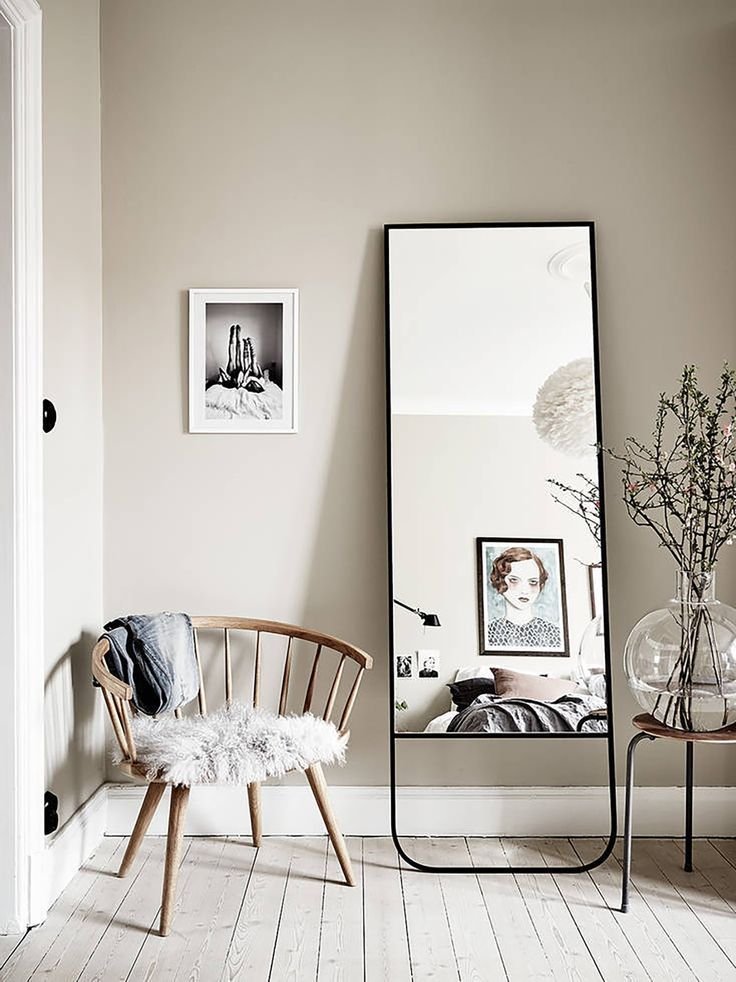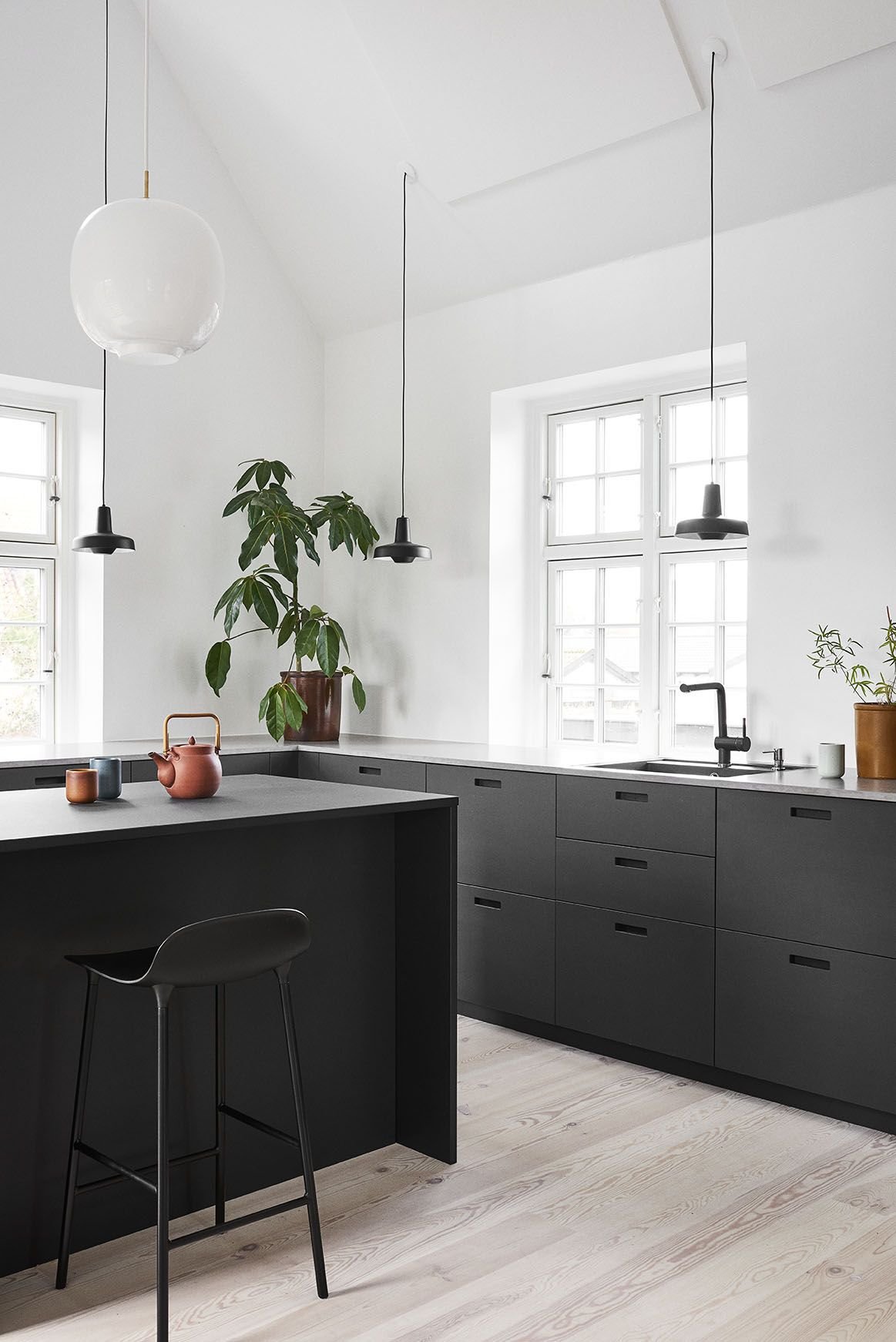Defining Your Design Style
When a new client comes on board, one of the first things we ask is their preferred design style. Often the answer starts with, ‘Well I’ve seen this on Pinterest…’, which is a great place to start gathering ideas and discovering ‘the look’ you’re drawn to. But one of the best things about interior design (as well as creating beautiful spaces) is its ability to affect how we feel and interact with our surroundings. This makes style an incredibly personal thing! We believe that your home’s interior should uniquely reflect your personality and lifestyle, which likely means combining elements from multiple interior design styles to create a look that suits you and your property. To help you begin to define the style you’d like to see in your home, we’ve explained the key features of some typical interior design styles…
Minimalist Interior Design
Clean, simple lines
Natural materials and neutral tones
Paired back furniture with limited accessories
Contemporary Interior Design
Reflective of present-day trends and therefore most likely to date
Curves and sweeping lines
Natural materials and neutral colour palettes
Modern Interior Design
Often confused with contemporary, modern refers to a designated time period from the early to mid-20th century
Form follows function
Clean, straight lines
Minimal decor with no clutter
Neutral colour palettes
Open plan layouts
Mid-Century Modern Interior Design
Inspired by the 50’s and 60's
Furniture is functional (and often teak!)
Strong shapes, textures and pattern with pops of colour throughout
Traditional Interior Design
A timeless style which takes its cues from the 18th and 19th centuries, incorporating classic art and antiques
Textures of silk and velvet
Floral patterns or stripes in a natural colour palette
Transitional Interior Design
A fusion style of traditional and modern elements
Cohesive design which flows from room to room
Furniture lines are simple but sophisticated
Neutral colours reference the stately element of traditional interiors
Eclectic Interior Design
For spaces that don’t fit in any other category!
Eclectic interiors mix patterns and textures, combine old with new and incorporate global influences
Gallery walls are a key feature
Maximalist Interior Design
More is more and less is a bore!
Maximalism is a fearless combination of colour, abundant pattern and infusions of texture
Industrial Interior Design
A style which relies heavily on features within the building’s architecture, for example exposed brick, high ceilings and exposed steel
Neutral colour palettes
Reclaimed furniture or materials
Open plan layouts
Rustic Interior Design
A contemporary take on country interiors
Highlights the raw beauty of natural materials
Focused on creating a relaxing and comfortable atmosphere
Bohemian Interior Design
A free-spirited aesthetic rooted in cultural mixing and artistic sensibility
Bold colour and pattern
Lots of texture and vintage furniture
Scandinavian Interior Design
Function is at the heart of Scandinavian design
Simple profiles
Muted tones and natural materials

